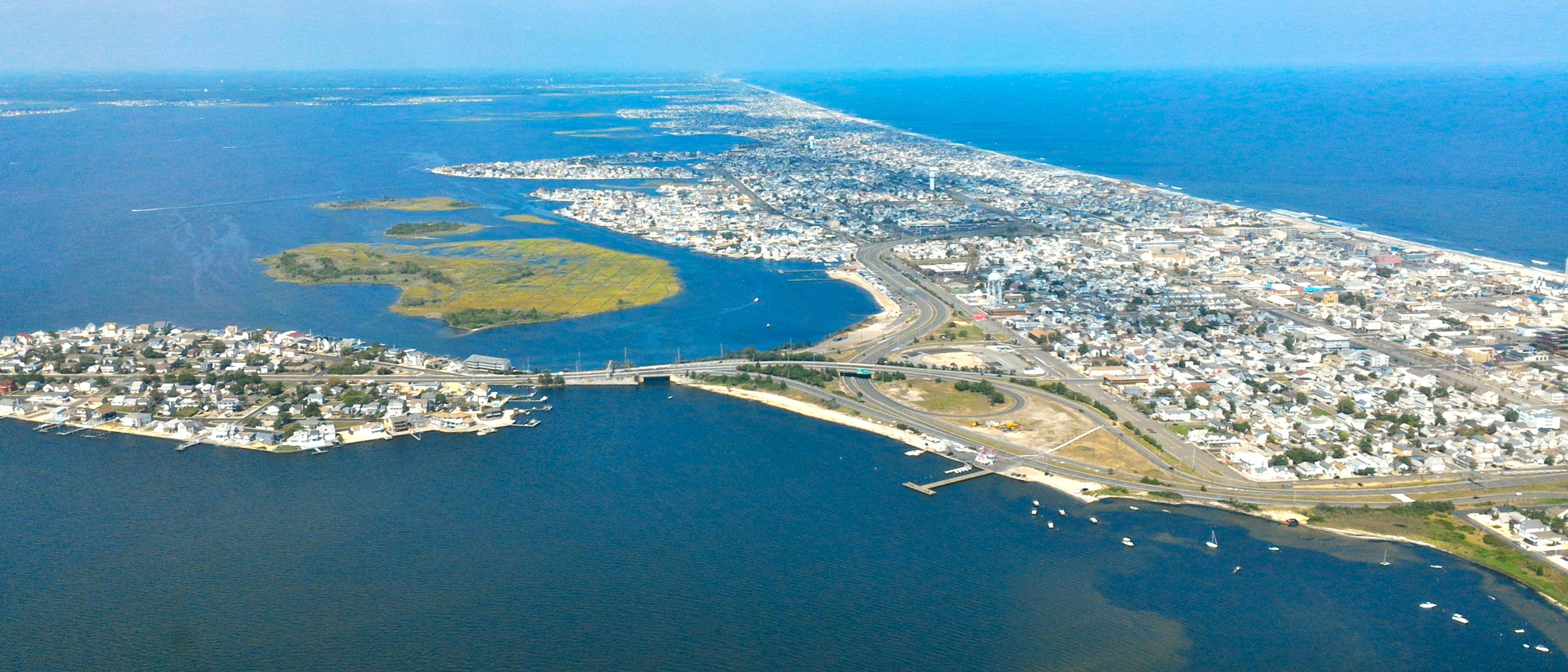
While flooding knows no municipal boundary, the region’s coastline is governed by multiple stakeholders with different rules, policies, and guidelines—and there are few incentives to collaborate or coordinate efforts. Federal minimum standards are too weak, while national flood insurance is, at best, flawed and, at worst, exacerbates the problem. The lack of guidance in terms of standards, unified science, and data across agencies and states makes it difficult to consolidate or share information or advocate for a unified long-term vision. Most of the region’s municipalities have limited capacity to address coastal flooding on their own because many are governed by part-time mayors or local councils. The coastal management programs of the three states vary widely in approach, and inconsistent policies can prevent important adaptation from being implemented across state lines. At the same time, adaptation is not a singular focus of any program, nor are issues of regional significance, such as infrastructure.
The result is poor inter- and intragovernmental coordination, with conflicting interests, and communities taking actions that may have adverse impacts on surrounding communities. This fragmented governance makes it nearly impossible to address the effects of climate change in a comprehensive and effective way. As flooding affects more of the region’s infrastructure, regional decision-making will become even more important to maintain services and the quality of life in individual municipalities. Without regional collaboration and stable funding, disjointed approaches and misaligned timelines will be the norm, with each community or agency competing for the same limited funding.
Create a Regional Coastal Commission to prioritize and coordinate climate adaptation

Outcomes
Paying for It
1. Keenan, J.M., “Regional Resilience Trust Funds: An Exploratory Analysis for Leveraging Insurance Surcharges. Environment Systems and Decisions,” 2017